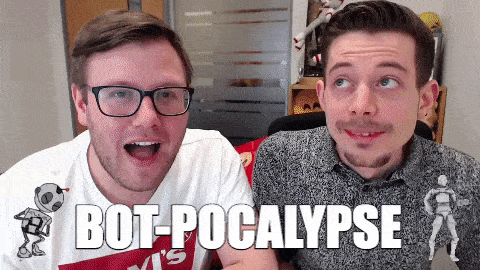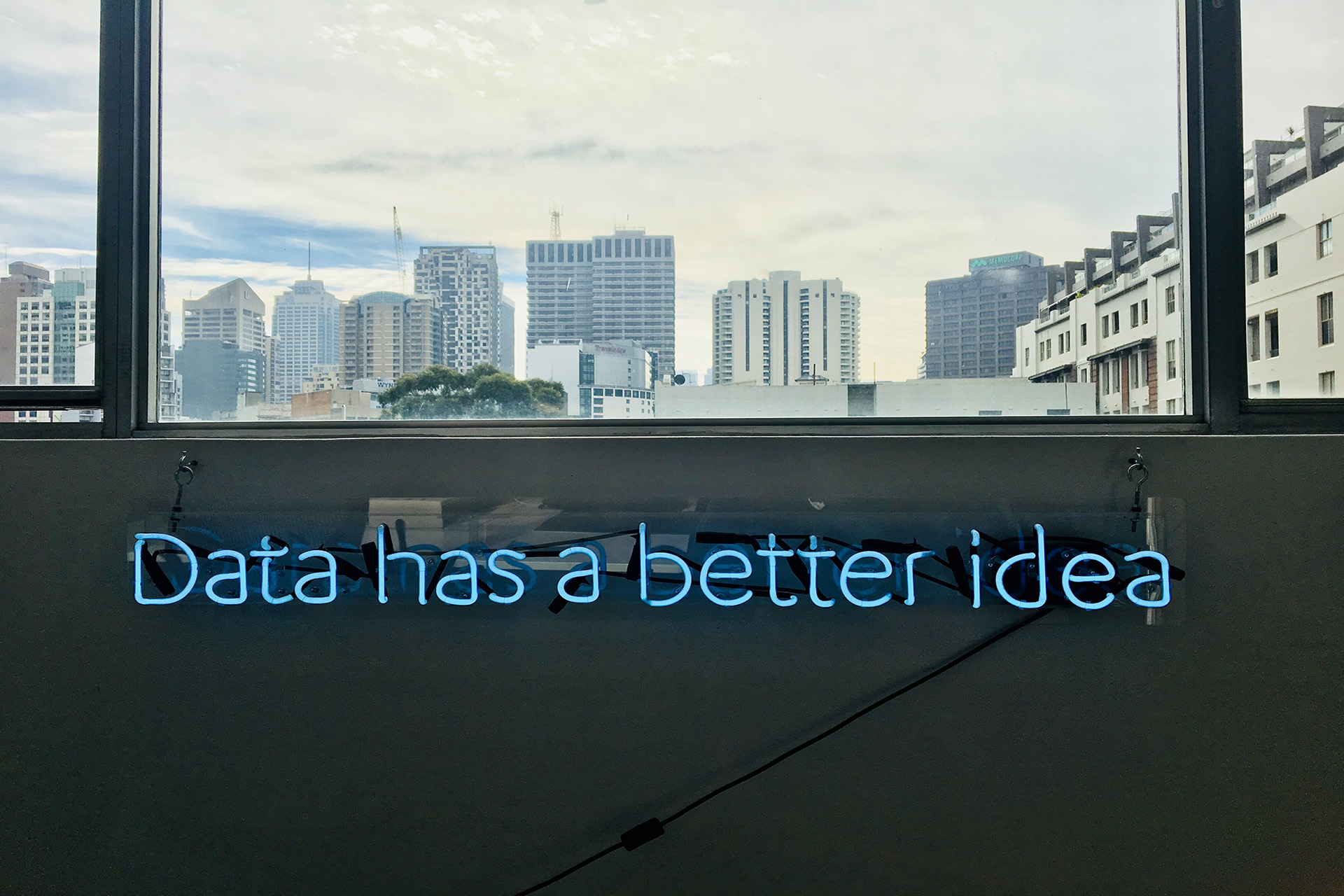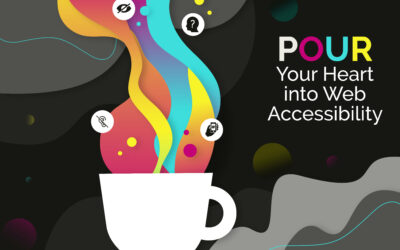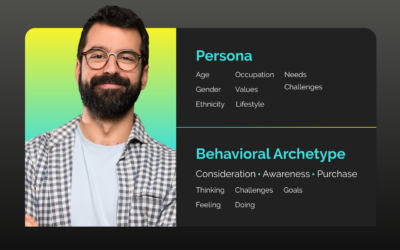Marketing automation has saved marketers thousands of hours and for the most part, has increased happiness levels (for us and our clients).
When you’re setting up your platform for the first time, you already know you’ll need invest the time up front to work on your strategy, write new content, set up workflows, and create lead scoring models. The time savings truly don’t come until later when you’ve got the infrastructure in place, and the work you’re doing on a monthly basis is producing new content, updating lead scoring models, and monitoring your segments. So even with automation, some of the work is going to be manual, that is, until now.
Now it’s time to let the technology that’s smarter than us (gasp!) help take our marketing efforts to the next level. Meet our lovely, smarter, less attractive counterparts: Artificial Intelligence (AI), Machine Learning (ML), and chatbots!

Just like other tools we all use in life, marketing automation is jumping in on the next wave of technology adoption with AI and ML, but we’re ready for this. These technologies can help supercharge your marketing automation efforts, resulting in time savings and a more effective marketing funnel, producing what we all want: better leads.
Smarter Segmentation
Historically, marketers have had to manually create new customer segments based on demographics, psychographics, and past interactions. Those efforts have produced targeted segments and great results, but AI can do more than us humans can; AI can do it faster, and AI can bring in other factors we’re not even thinking about.
If your marketing technology tools are connected to your marketing automation platform, then AI can tap into more data to produce even better segments and show you the leads you should be contacting. AI takes your prospects and customers’ demographics, psychographics, buying habits, and past digital interactions and combines that with activity in email campaigns, social media, and search engine interactions (SERPs and paid advertising activity) to create more context and insights on your target audience.
With better segmenting, your team is set up to produce and deliver the tailored content that your audience wants and needs.
Predictive Lead Scoring
Just like audience segmentation, you’ve most likely based your past lead scoring models on demographic and behavior-based data. Most marketers follow the same approach: They set it up when they first start marketing automation, file it away, and never touch it again.
AI and ML ensure that your lead scoring models are constantly improving and monitored to ensure your hottest leads are being fed to your sales team. AI/ML go further to determine a lead’s score by pulling in the critical interaction data, such as website behavior, past purchase history, and social media engagement to create a more well-rounded view of your prospects and customers.
The insights gleaned from the new lead scoring data can then inform the marketing team what new content needs to be created to reach the desired audience at exactly the right moment.
Send Times
You’re probably familiar with this workflow when setting up a new campaign in your marketing automation platform:
- Look at past campaign analytics to view open statistics
- Dig deeper to find most popular open times
- Update send times in your next campaign based on the data you’ve analyzed
AI and ML track this data automatically and pull in other data, such as when the recipient’s email server is most bogged down with other emails coming in. With these advanced algorithms working behind the scenes, you’re able to select the optimal time to send your messages to your desired audience.
Personalized Content
“Personalization” has been a buzzword in the marketing world for the better part of a decade, but many people still ask us if it’s really worth all the hype. The answer is always yes and the data doesn’t lie:
Emails with personalized subject lines are 26% more likely to be opened.
2013 Email Market Study, Experian Marketing Services
Personalized emails have been shown to deliver 6x higher transactional rates than non-personalized emails, but 70% of brands fail to use them.75% of consumers are more likely to buy from a retailer that recognizes them by name, recommends options based on past purchases, or knows their purchase history.
The open rate for emails with a personalized message for one campaign was 17.6%, compared to 11.4% without personalization.
If your team is not personalizing, start now. For those that have been using personalization, you’re probably creating a few content variations for email messages that get shown based on a number of triggers. The process of selecting which audience segment gets what version of content has been manual, until now.
AI and ML crunch the data to determine what message is going to resonate better with your audience, and some more advanced AI platforms are automating the process even more by creating their own content without the help of your human marketing team.
Chatbots
One of the newest additions to the marketing landscape is the chatbot. Go to virtually any SaaS company website today, and you’ll see a small dialog box pop open on the bottom right hand of your web browser window. Sometimes they can be very helpful, and other times they can be downright useless, but they are getting smarter each day and are not going away anytime soon.
Whether used in a service or sales capacity, chatbots can help answer questions, point your users to the information they need to solve their problems and get you in contact with the right team member quicker if there is a need for human interaction.
If you are considering a chatbot, first determine what problem you want to solve and see if that problem can be better solved by an AI chatbot compared to one of your team members. As you think that through and can’t sleep at night because you’re just so excited about marketing automation, AI, and chatbots, check out Casper’s insomnobot-3000. You’ll thank us and have a friend to talk things through with.
Want to discuss marketing automation with us further? Drop us a line.
Photo by Franki Chamaki on Unsplash





